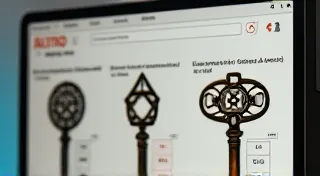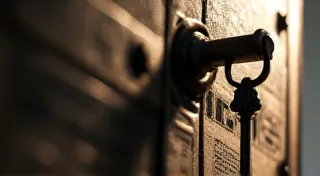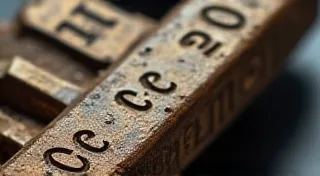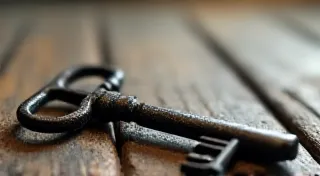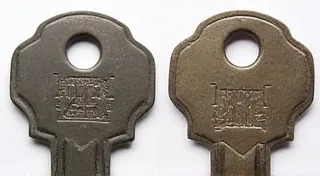A Beginner's Guide to Antique Key Collecting
Starting your antique key collection can be exciting! Whether you're drawn to their intricate designs, their connection to history, or the thrill of the hunt, collecting antique keys offers a unique and rewarding hobby. This guide covers essential tips, common key types, and resources for beginners. Learn how to assess condition, identify key markings, and build a valuable collection.
Why Collect Antique Keys?
Antique keys are more than just metal objects. They are tangible links to the past, offering glimpses into the lives and craftsmanship of bygone eras. Each key tells a story – who used it, what door it unlocked, and the significance it held. Beyond the historical value, antique keys also possess a distinct aesthetic appeal, showcasing intricate designs and remarkable artistry.
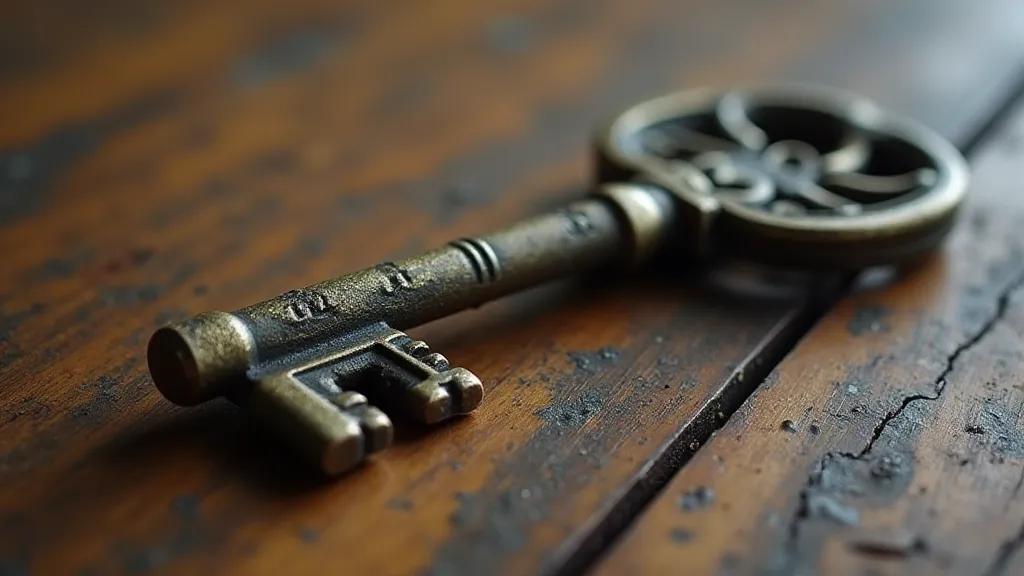
Getting Started: Essential Tips
Here’s a breakdown of how to begin your key collecting journey:
- Start Small: Don't feel pressured to amass a huge collection immediately. Begin with keys that appeal to you visually or that fit a particular theme (e.g., house keys, cabinet keys, novelty keys).
- Research is Key (pun intended!): The more you learn about key types, markings, and history, the better equipped you’ll be to identify and value your finds.
- Condition Matters: While patina and wear can add character, severely damaged keys will generally be less valuable.
- Handle with Care: Antique keys are often delicate. Handle them gently and store them properly to prevent further damage.
Common Types of Antique Keys
Here's a look at some of the most common types you’re likely to encounter:
- Skeleton Keys: Perhaps the most recognizable type, skeleton keys were used to unlock doors without a cylinder lock. They gained popularity in the 18th and 19th centuries.
- Bit Keys: These keys have a jagged “bit” that fits into a corresponding ward in the lock. They were prevalent before the widespread use of wafer keys.
- Wafer Keys: These keys have a flat, layered bit and are commonly found on older safes and filing cabinets.
- Mortise Keys: Mortise locks and keys are more complex than pin tumbler locks. They were common in the 19th century and often found in high-end homes and businesses.
- Box Keys: These keys are designed to unlock a variety of boxes, trunks, and other containers.
- Cabinet Keys: These keys were used to open cabinets and drawers, ranging from simple designs to more elaborate styles.
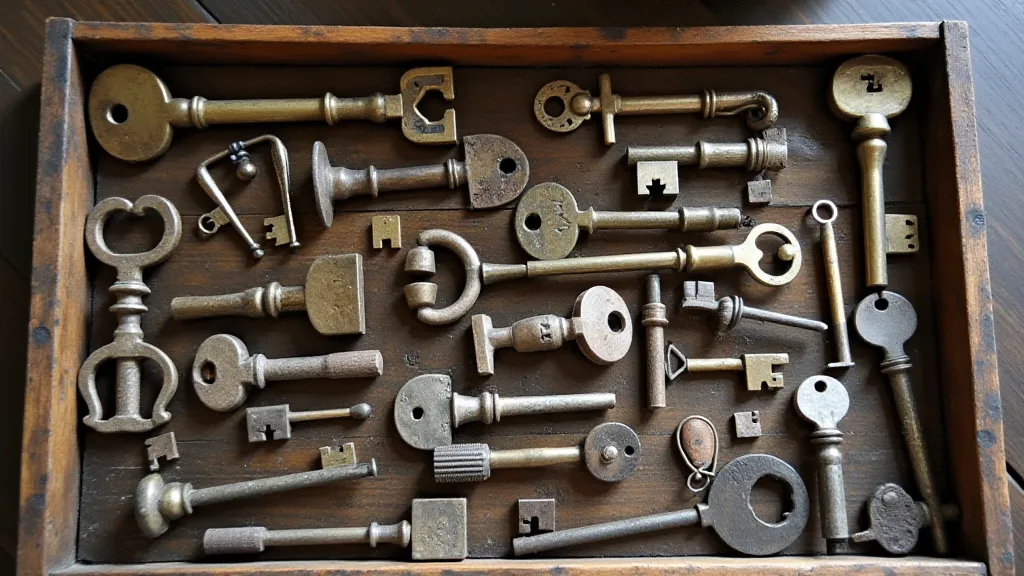
Identifying Markings and Dates
Key markings can offer valuable clues about their origin and manufacturer. Look for:
- Manufacturer's Marks: Some key manufacturers stamped their names or logos on the keys. Researching these marks can help you identify the maker.
- Patent Dates: Patent dates can indicate the approximate age of the key.
- City or State Markings: Keys found in specific locations might bear markings related to the region.
- Locksmith’s Markings: Local locksmiths often stamped their mark on keys they cut.
Note that identifying markings can sometimes be challenging, and requires patience and research.
Resources for Antique Key Collectors
Here are some valuable resources to help you expand your knowledge:
- Antique Key Collector Forums: Online forums dedicated to antique keys provide a platform for sharing information, asking questions, and connecting with fellow collectors.
- Antique Shops & Flea Markets: These are great places to find keys and chat with dealers who can provide insights.
- Books & Articles: Several books and articles explore the history and identification of antique keys.
- Museums & Historical Societies: Visiting museums and historical societies can provide context and inspiration for your collection.
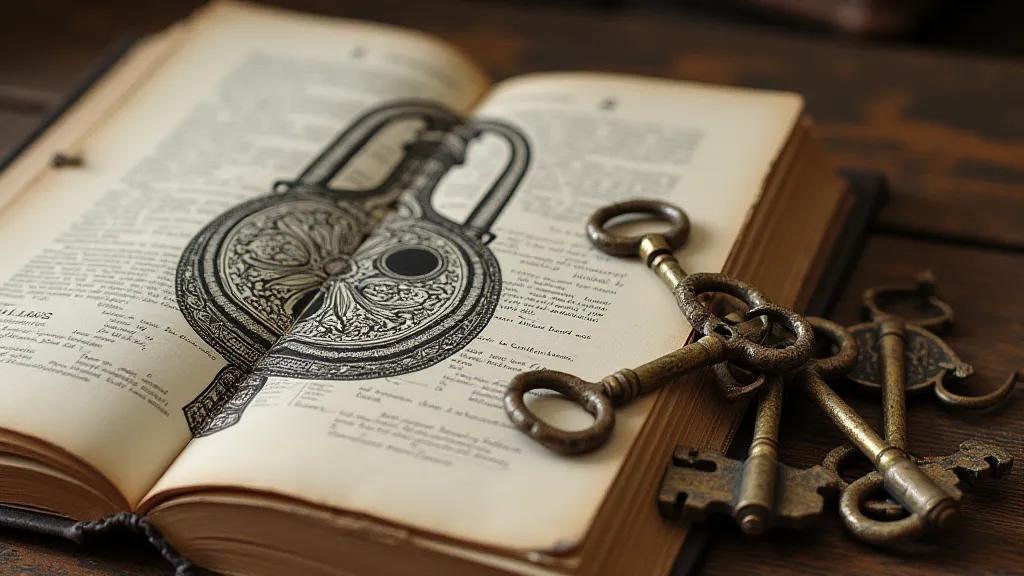
Conclusion
Collecting antique keys is a journey of discovery that combines historical appreciation with the thrill of the hunt. By following these tips and exploring the resources available, you can embark on a rewarding hobby and build a collection that tells a unique story of the past.
